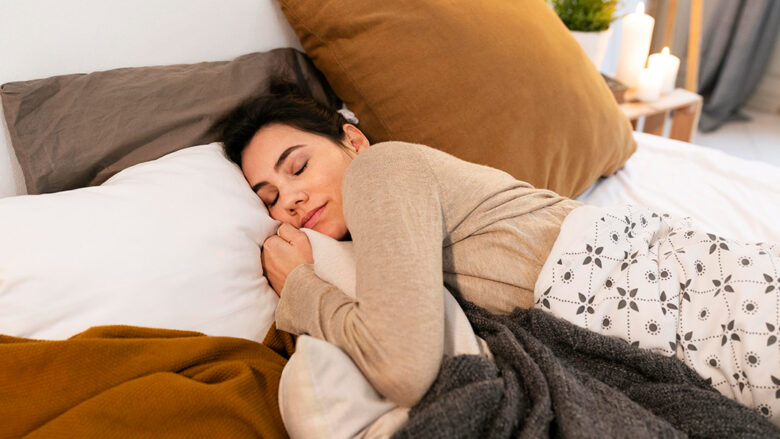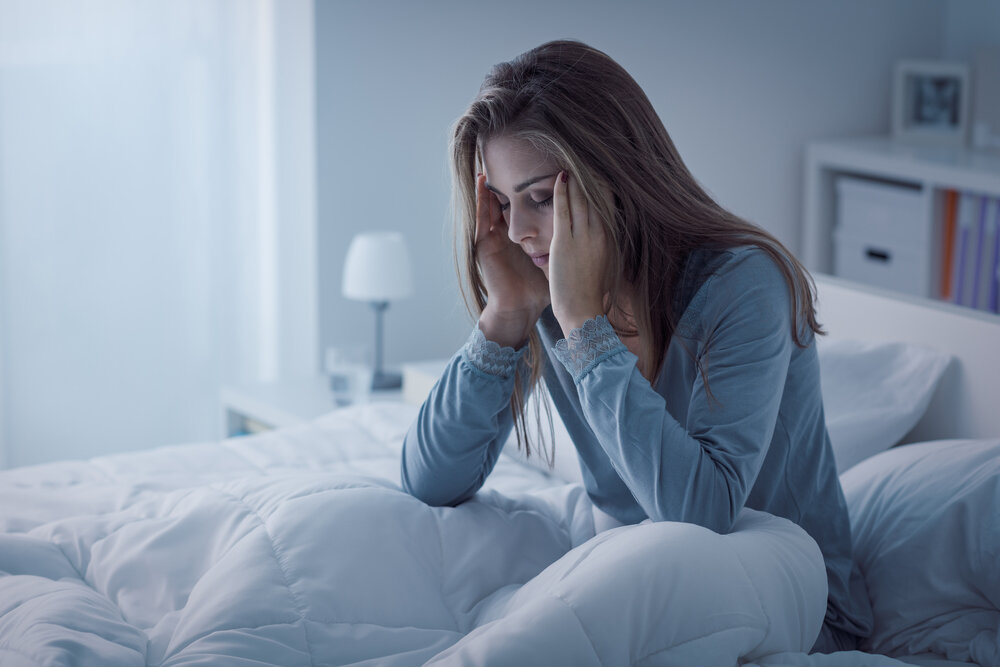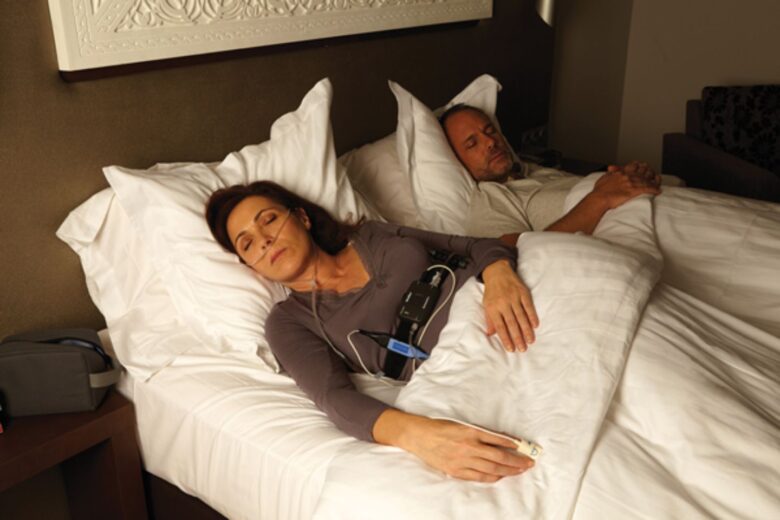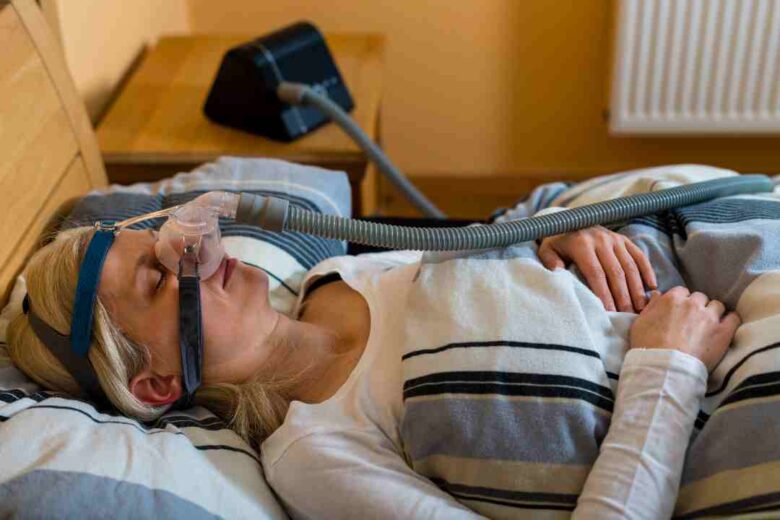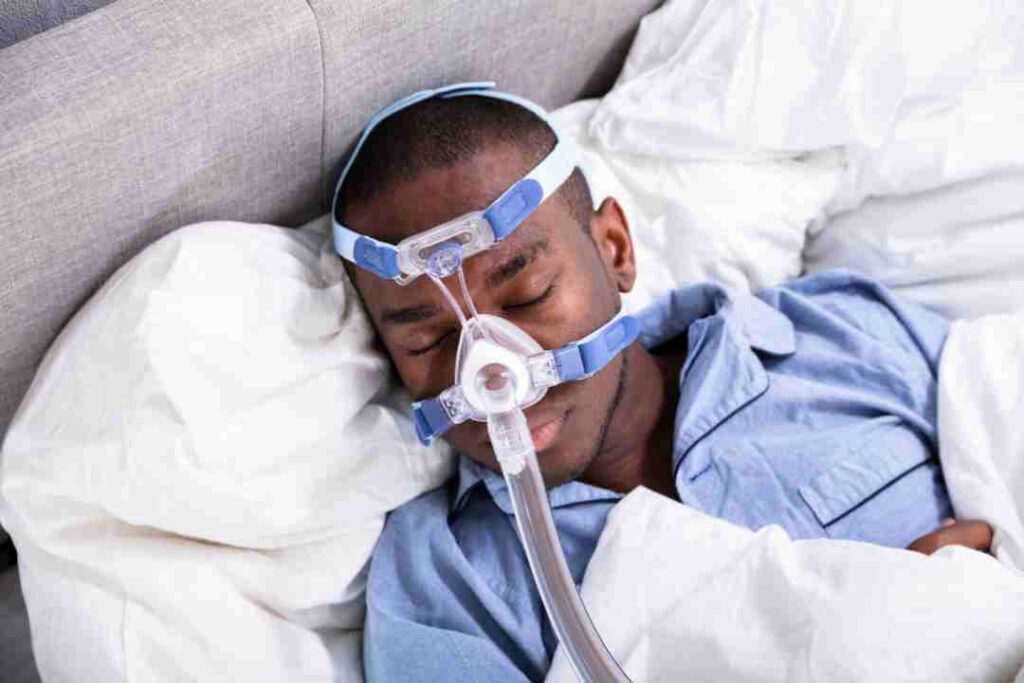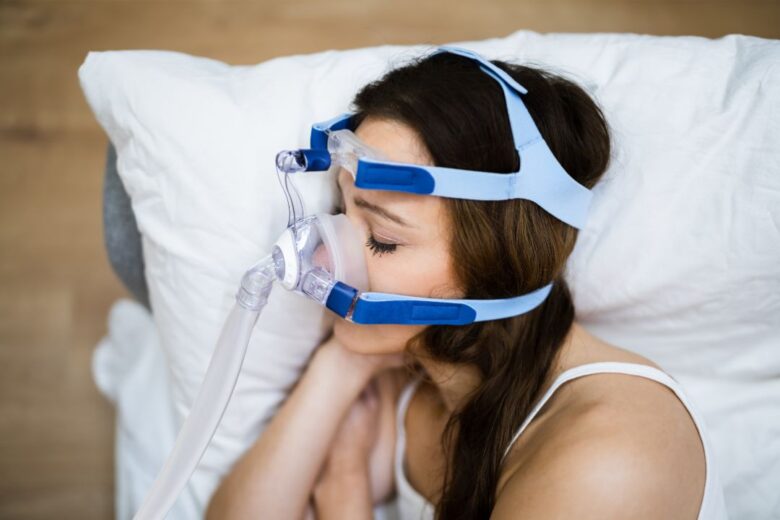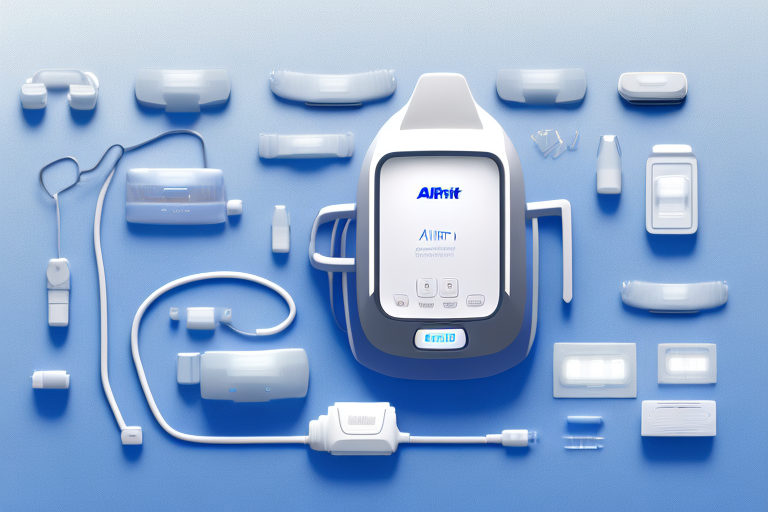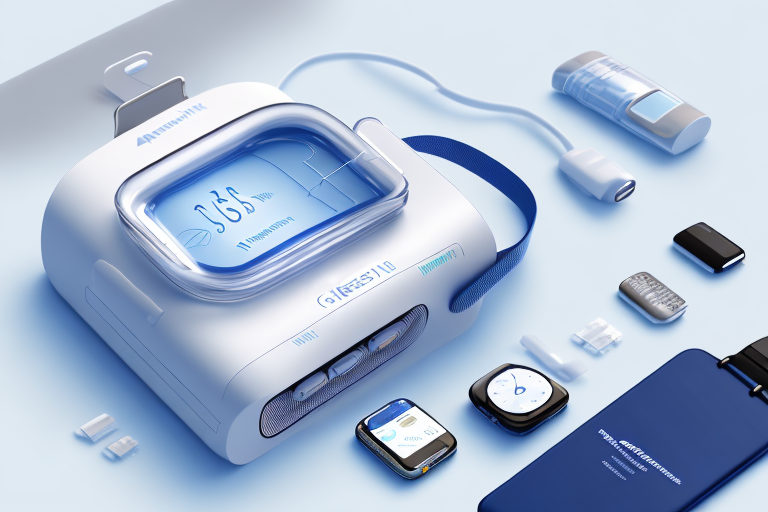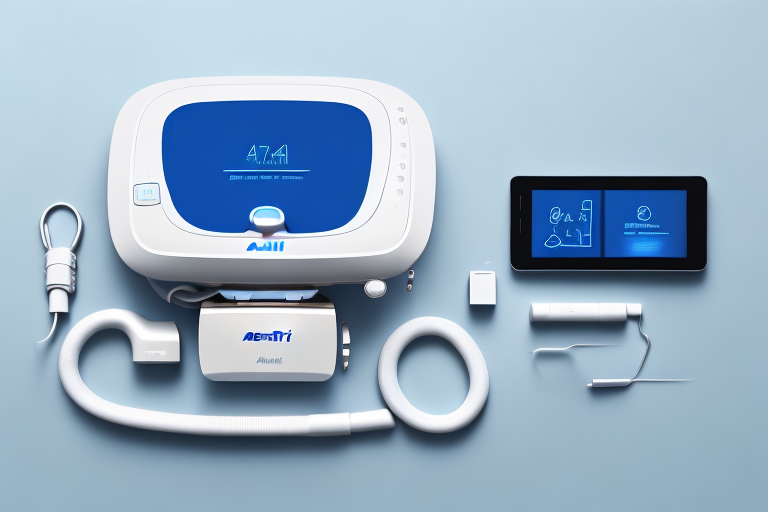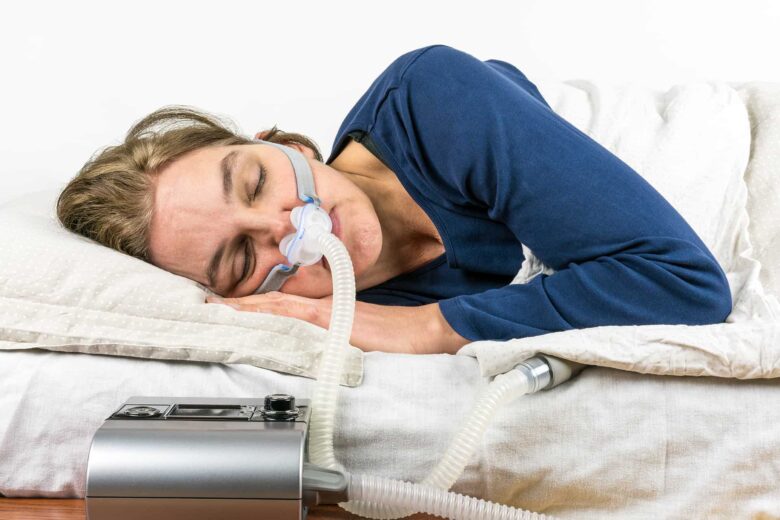Sleep testing is an essential diagnostic tool used to evaluate and diagnose various sleep disorders. If you are scheduled to undergo comprehensive sleep testing in Sydney, it is natural to have questions and concerns about what to expect. In this article, we will take an in-depth look at the process of sleep testing, the importance of sleep, the different types of sleep tests available, and address common concerns.
Understanding the Importance of Sleep Testing
Sleep plays a vital role in overall health and well-being. Quality sleep is crucial for the body’s ability to repair and recharge itself. It is during sleep that our brains process information and consolidate memories. Additionally, proper sleep supports healthy immune function, mental health, hormone regulation, and cardiovascular health.
In conclusion, comprehensive sleep test Sydney is a valuable tool in diagnosing and managing sleep disorders. By understanding the importance of sleep testing, the process involved, and the available treatment options, individuals can take control of their sleep health and improve overall well-being.
However, many individuals struggle with sleep disorders that can significantly impact their quality of life. Sleep testing helps identify these disorders, allowing for targeted treatment plans that can improve overall sleep quality and, consequently, various aspects of well-being.
The Role of Sleep in Overall Health
Getting an adequate amount of good-quality sleep is important for several reasons:
- Physical Health: Sleep is essential for physical health. It aids in growth and development, as well as the restoration and repair of tissues and cells.
- Memory and Cognitive Function: Sleep is crucial for memory consolidation, learning, and cognitive function.
- Mental Health: Sufficient sleep is essential for supporting emotional well-being and regulating mood. Lack of sleep can contribute to the development or worsening of mental health conditions, such as anxiety and depression.
- Immune Function: During sleep, the immune system strengthens and replenishes itself, helping to fight off infections and diseases.
- Cardiovascular Health: Chronic sleep deprivation has been linked to an increased risk of heart disease, high blood pressure, and stroke.
When it comes to physical health, sleep is like a superhero. It swoops in to aid in growth and development, ensuring that our bodies reach their full potential. While we sleep, our tissues and cells undergo a process of restoration and repair, mending any damage that may have occurred during the day. It’s like a team of dedicated workers tirelessly fixing and renewing our bodies, so we wake up feeling refreshed and ready to take on the world.
But sleep doesn’t just work wonders for our physical health; it also has a profound impact on our mental well-being. When we sleep, our brains are hard at work, processing information and consolidating memories. It’s like a magical filing system, organizing our thoughts and experiences so we can recall them later. This cognitive function is essential for learning and problem-solving, allowing us to navigate through life with clarity and efficiency.

Why You Might Need a Sleep Test
If you are experiencing persistent sleep problems or have symptoms of a sleep disorder, your healthcare provider may recommend a sleep test. Common indications for sleep testing include:
- Excessive daytime sleepiness or fatigue
- Loud snoring
- Pauses in breathing during sleep
- Witnessed episodes of gasping or choking during sleep
- Restless legs or periodic limb movements during sleep
- Difficulty falling asleep or staying asleep
Imagine waking up feeling more tired than when you went to bed. You drag yourself through the day, struggling to stay awake and focused. This excessive daytime sleepiness can have a significant impact on your productivity, mood, and overall quality of life. If you find yourself constantly battling fatigue, it may be time to consider a sleep test.
Another common sign that you may need a sleep test is loud snoring. While snoring can be a nuisance to your bed partner, it can also be a red flag for an underlying sleep disorder. Snoring occurs when the flow of air through the mouth and nose is partially blocked during sleep. This obstruction can lead to fragmented sleep and decreased oxygen levels, potentially causing serious health issues in the long run. Learn more about oxygen on https://scied.ucar.edu/learning-zone/air-quality/oxygen
So, if you find yourself struggling with sleep, whether it’s due to snoring, difficulty breathing, or restless legs, don’t ignore the signs. A sleep test can provide valuable insights into your sleep patterns and help you find the restful nights you deserve.
The Process of Sleep Testing in Sydney
Before undergoing sleep testing, it is essential to understand what to expect. The process typically involves several steps, including preparation, the test itself, and interpretation of the results.
Preparing for Your Sleep Test
Prior to your sleep test, your healthcare provider will provide you with specific instructions on how to prepare. This may include avoiding caffeine and certain medications, as well as maintaining your regular sleep schedule. It is crucial to follow these instructions to ensure accurate test results.
Preparing for a sleep test also involves gathering information about your medical history and sleep habits. This information helps the sleep specialist tailor the test to your specific needs. It is important to provide accurate and detailed information to ensure the most accurate diagnosis.
What Happens During the Test
During a comprehensive sleep test, also known as polysomnography, you will undergo monitoring while you sleep. This monitoring involves the placement of various sensors on your body to record data such as brain waves, eye movements, heart rate, breathing patterns, and oxygen levels.
While you sleep, the sensors collect data that is transmitted to a computer for analysis. The sleep technologists in the sleep laboratory carefully monitor the data throughout the night, ensuring that the sensors are properly functioning and that you are comfortable.
In addition to the sensors, you may also be asked to wear a device called an actigraph, which measures your activity levels and sleep-wake patterns. This additional data provides valuable insights into your sleep quality and helps the sleep specialist make a more accurate diagnosis.
Interpreting Your Sleep Test Results
After your sleep test, a sleep specialist will analyze the collected data and interpret the results. They will assess various parameters, such as sleep stages, breathing patterns, and any abnormal events that occurred during the study. By analyzing these findings, they can identify the presence and severity of any sleep disorders.
Interpreting sleep test results requires expertise and experience. Sleep specialists are trained to identify subtle abnormalities and patterns that may indicate specific sleep disorders. They take into account not only the data collected during the test but also your medical history and symptoms.
Once the results are interpreted, your healthcare provider will discuss the findings with you and recommend appropriate treatment options based on your specific diagnosis. Treatment options may include lifestyle changes, medication, or the use of a continuous positive airway pressure (CPAP) machine, among others.
Remember, undergoing a sleep test is an important step towards understanding and improving your sleep health. By following the process and working closely with your healthcare provider, you can take control of your sleep and wake up feeling refreshed and rejuvenated.
Different Types of Sleep Tests Available
There are various types of sleep tests available, depending on the suspected sleep disorder and individual circumstances.
Polysomnography: An In-depth Look
Polysomnography is the most comprehensive sleep test and is commonly used to diagnose a wide range of sleep disorders. It involves monitoring brain activity, eye movements, muscle activity, breathing patterns, heart rhythm, and oxygen levels.
This test is typically conducted in a sleep laboratory, allowing for detailed data collection and analysis. Polysomnography provides valuable insights into your sleep architecture and can diagnose conditions such as sleep apnea, narcolepsy, and restless legs syndrome. Click here to find more about architecture.
Home Sleep Tests: Convenience and Comfort
For certain sleep disorders, such as obstructive sleep apnea, home sleep tests may be appropriate. These tests involve wearing a portable monitoring device that records data while you sleep in the comfort of your own home.
Home sleep tests are generally more convenient and cost-effective than in-laboratory testing. However, they may not provide the same level of comprehensive data as polysomnography, limiting their diagnostic capabilities.
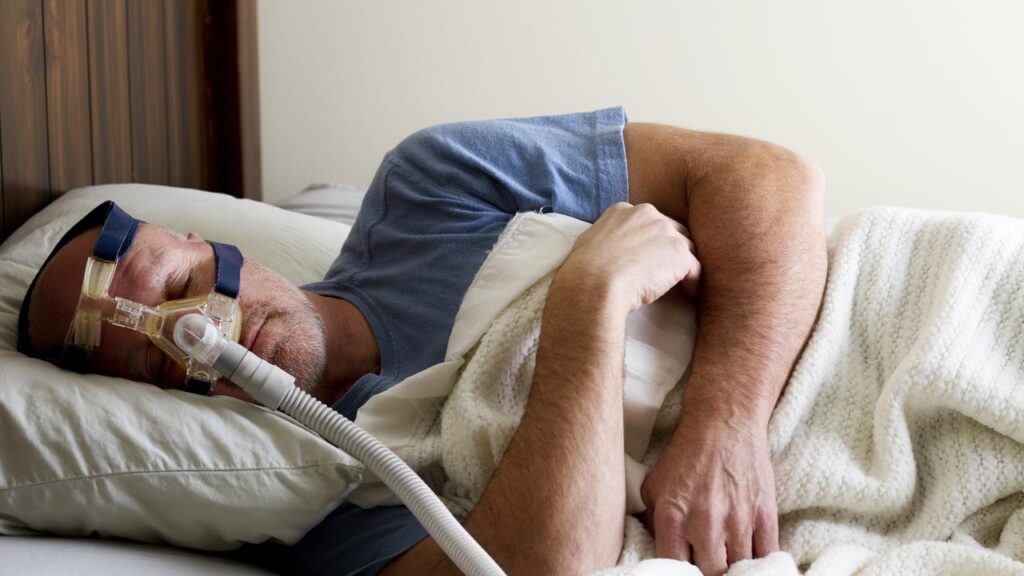
Multiple Sleep Latency Test: Measuring Daytime Sleepiness
The multiple sleep latency test (MSLT) is used to assess daytime sleepiness and measure how quickly an individual falls asleep during the day. It is particularly helpful in diagnosing sleep disorders like narcolepsy.
During the MSLT, you will undergo a series of nap opportunities throughout the day, during which your brain activity, eye movements, and muscle tone will be monitored. The test provides valuable information about your daytime level of sleepiness and the potential presence of abnormal sleep patterns.
Addressing Common Concerns About Sleep Testing
It is normal to have concerns or anxieties about undergoing a sleep test. Let’s address some common concerns and questions.
Dealing with Anxiety Before the Test
If you are feeling anxious about your sleep test, it can be helpful to discuss your concerns with your healthcare provider. They can provide reassurance and information about the test, helping to alleviate any fears you may have.
Additionally, practicing good sleep hygiene leading up to your test can help promote relaxation and reduce anxiety. Avoid stimulants such as caffeine, establish a consistent bedtime routine, and create a calming sleep environment in your home.
Understanding the Risks and Side Effects
Sleep testing is generally safe and non-invasive. However, some individuals may experience minor discomfort during the placement of the sensors or have difficulty sleeping due to the unfamiliar surroundings.
Your sleep technologist will ensure your comfort throughout the night and address any concerns that arise. If discomfort persists or you have any severe adverse reactions during the test, inform the technologist immediately.
The Next Steps After Sleep Testing
Once your sleep test results are interpreted, your healthcare provider will discuss the next steps with you. This may include treatment options for your diagnosed sleep disorder, lifestyle changes to improve sleep quality, and ongoing monitoring and follow-up.
Treatment Options for Sleep Disorders
The appropriate treatment for your sleep disorder will depend on your specific diagnosis. Treatment options may include:
- Continuous positive airway pressure (CPAP) therapy for sleep apnea
- Medications to manage symptoms of insomnia or narcolepsy
- Lifestyle modifications, such as improving sleep hygiene and establishing a regular sleep routine
- Behavioral therapies, such as cognitive behavioral therapy for insomnia (CBT-I)
Lifestyle Changes to Improve Sleep Quality
Improving sleep quality often involves making changes to your daily routine and habits. Some recommendations to enhance sleep include:
- Establishing a consistent sleep schedule, even on weekends
- Creating a relaxing bedtime routine
- Avoiding electronic devices and stimulating activities close to bedtime
- Maintaining a comfortable sleep environment that is dark, quiet, and cool
- Engaging in regular physical activity, but avoiding strenuous exercise close to bedtime
Ongoing Monitoring and Follow-up
Regular follow-up appointments with your healthcare provider are important to monitor your progress and make any necessary adjustments to your treatment plan. They will assess the effectiveness of the prescribed interventions, address any concerns or difficulties you may have encountered, and provide ongoing support.
Learn about cost of sleep apnea test at: The True Cost of Sleep Apnea Tests in Australia


